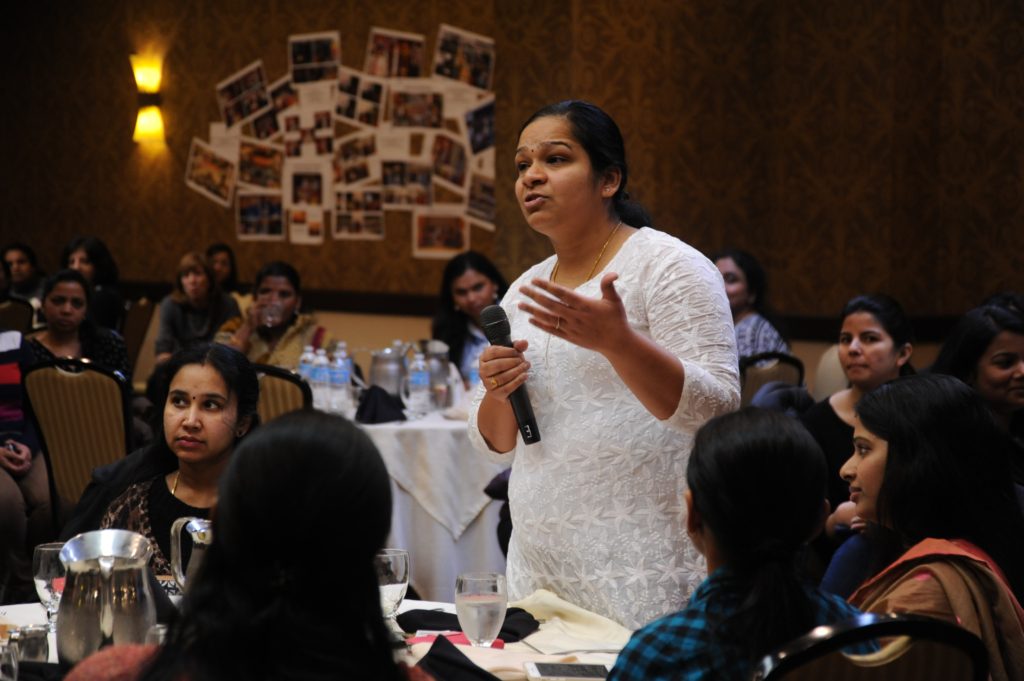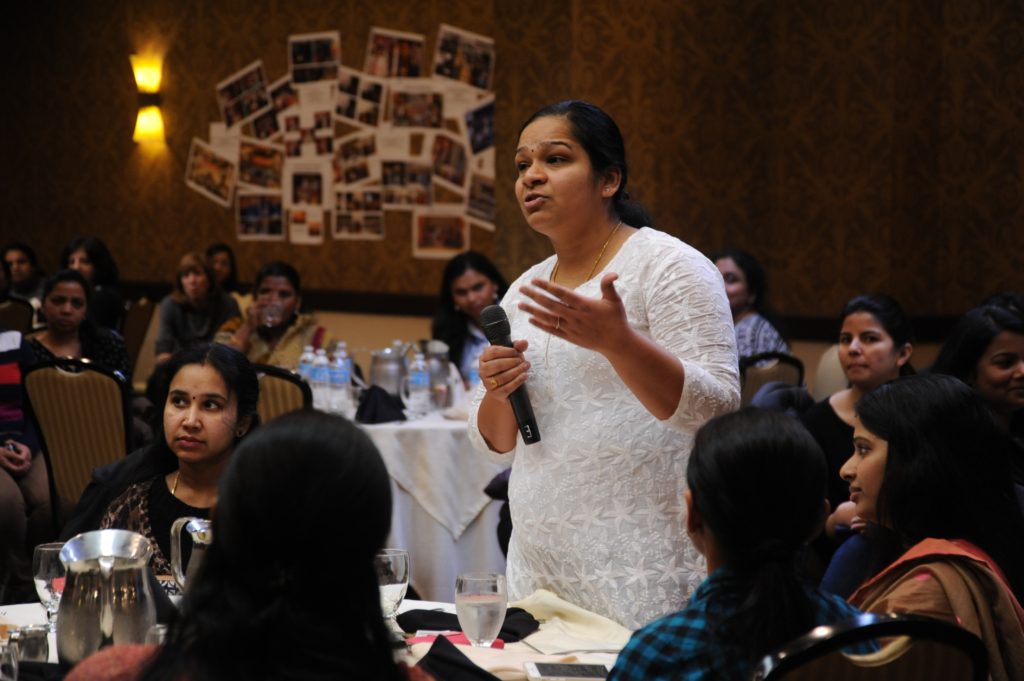
Every group has dominators as well quiet voices, and as a facilitator, it is important for you to find ways to pull out quiet voices. This isn’t always easy! There may be power dynamics (position, gender, race, education and more), new members who aren’t yet comfortable sharing their perspective, introverted members who would rather not speak up, limited time for people to process their thoughts and provide feedback or maybe they don’t feel like their voice is important. Even though it can be challenging, it is really important for the benefit of the group for you to find a way to pull out quiet voices and give them a forum to provide their perspective. As a pretty strong extrovert myself, I have discovered that when I stop talking, I learn so much wisdom and gain tremendous insight from others, especially those who may not be comfortable sharing information in a group setting. Join me this week as I provide three recommendations on how to bring out those quiet voices.
- Ask for feedback outside the group setting. You may have had a group discussion but you may want to wait on decision making until after the group has had time to reflect and provide feedback in a different way. You may want to do this via email or a follow-up survey. This allows you to get feedback from everyone regardless of whether they are comfortable (or have the opportunity) to share their perspectives during the group meeting. This also provides an opportunity for people to process the information and reflect on it before having to make a decision, which may result in a better decision!
- Schedule one-on-one time. Some participants may not feel comfortable sharing information in a large group or they may not have had an opportunity (especially if there was limited time for discussion). Schedule one-on-one time with those you didn’t hear from during the group conversation. This could be in-person, via video chat or over the phone. Have some open-ended questions ready and listen carefully. Try to listen to both verbal and non-verbal information.
- Create opportunities for them to engage. Once you have learned their perspective, you can ask questions that create opportunities for them to share those perspectives. When you have one-on-one time, you can ask their permission to ask them for their perspective during the next meeting. If they say yes, then you can set it up with something like this: “Sheila has some great insight on what we can do about our next communication campaign. Sheila, would you mind sharing a little about your ideas?” You can also be sure to set guiding principles for group participation. You may want to encourage folks who have already provided their input or feedback to wait until others have shared their perspectives before providing additional feedback. As a facilitator, it’s important for you to help group members follow that principle. For instance, if someone has already provided their recommendation and are attempting to talk again, you can say, “David, thank you for your interest and participation. Since we haven’t heard from several participants, I’m going to wait until we have heard from a few others before I come back to you on this topic.”
So what about you? As a facilitator, what have you found successful in pulling out quiet voices? Have you used one of the three ideas here or something else?
If you missed my Facebook Live video on this topic, check it out here!
If you or someone you know would like to stay up-to-date on my weekly blog posts, subscribe today!
Photo by Wonderlane on Unsplash

